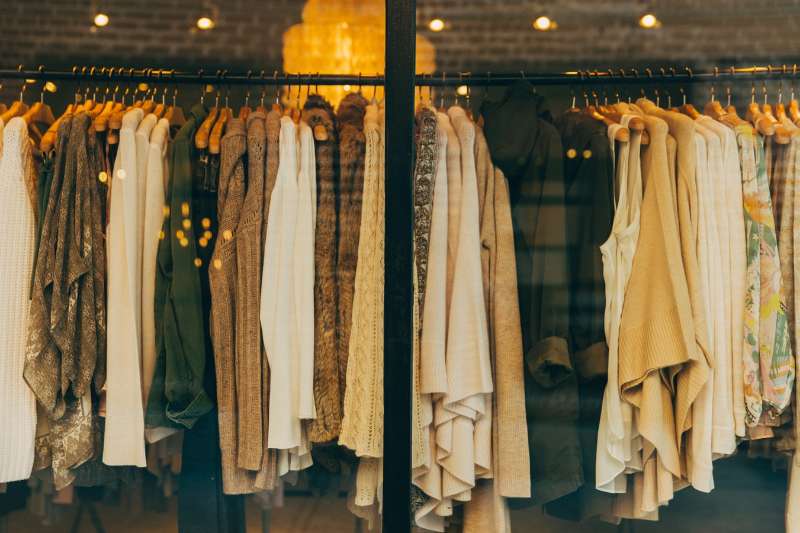We can't deny that fashion is something that is always around us. Even people who don't really care about fashion always choose clothes every morning that say a lot about them and how they feel that day
The fashion world is always changing. We can't have certain fashion ideas that are long-lasting. Music, books, videos, television, and movie are constantly feeding us with new fashion ideas. Let's take an example from movies. Not long after the movie Men in Black was released, Ray-Ban sold more sunglasses than before. And back in the 1950s, teenagers dressed like Elvis Presley
Who dictates fashion?
Mostly musicians and other cultural icons are always being an influencer in the latest fashion. Not only them, political figures and royalty also being an influencer. Newspapers and magazines report on what Hillary Clinton wears. The recent death of Diana, the Princess of Wales, was a severe blow to the high fashion world, where her clothes were daily news.
Even folks in the 1700s pored over fashion magazines to see the latest styles. Women and dressmakers outside the French court relied on sketches to see what was going on. The famous French King Louis XIV said that fashion is a mirror. Louis himself was renowned for his style, which tended towards extravagant laces and velvets.
Clothes separate people into groups.
Fashion is revealing. Clothes define what groups people are in. In high school, groups have names: “goths, skaters, preps, herbs.” Styles show who you are, but they also create stereotypes and distance between groups. For instance, a businessman might look at a boy with green hair and multiple piercings as a freak and outsider. But to another person, the boy is a strict conformist. He dresses a certain way to deliver the message of rebellion and separation, but within that group, the look is uniform. Acceptance or rejection of a style is a reaction to the society we live in.
“A little of what you call frippery is very necessary towards looking like the rest of the world.”
-Abigail Adams, letter to John Adams, May 1, 1780
There are many reasons we wear what we wear.
- Protection from cold, rain, and snow: mountain climbers wear high-tech outerwear to avoid frostbite and over-exposure.
- Physical attraction: many styles are worn to inspire “chemistry.”
- Emotions: we dress “up” when we’re happy and “down” when we’re upset.
- Religious expression: Orthodox Jewish men wear long black suits and Islamic women cover every part of their body except their eyes.
- Identification and tradition: judges wear robes, people in the military wear uniforms, brides wear long white dresses.
Fashion is big business. More people are involved in the buying, selling, and production of clothing than any other business in the world. Every day, millions of workers design, sew, glue, dye, and transport clothing to stores. Ads on buses, billboards, and magazines give us ideas about what to wear, consciously, or subconsciously.
Clothing can be used as a political weapon. In nineteenth-century England, laws prohibited people from wearing clothes produced in France. During the twentieth-century communist revolutions, uniforms were used to abolish class and race distinctions.
Source: pbs.org





































